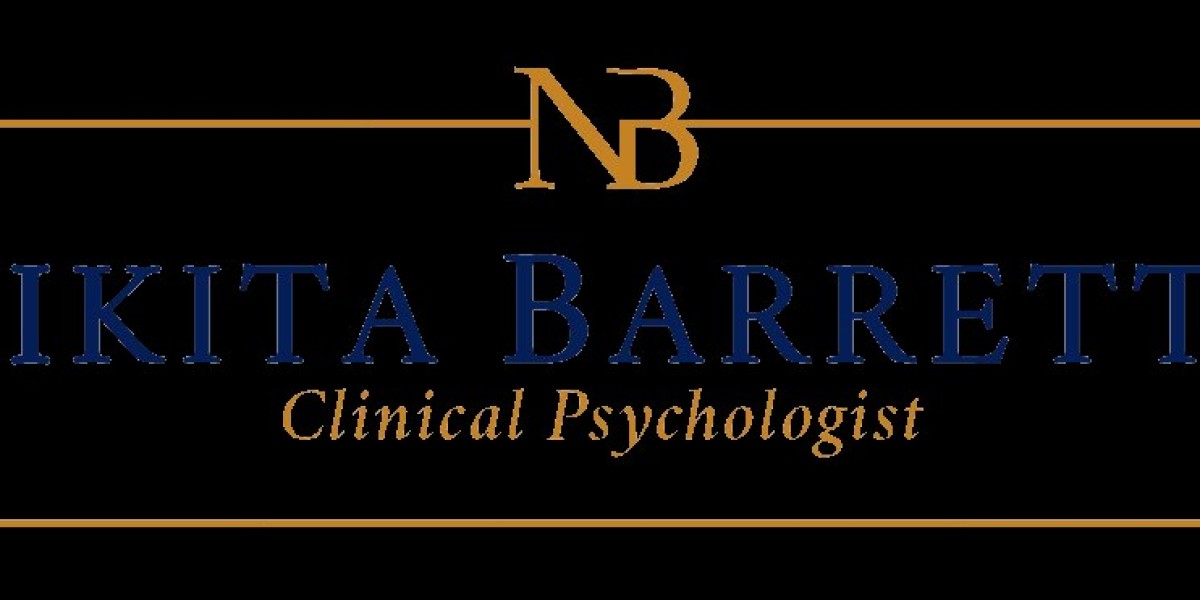While there are many different types of therapy, Cognitive Behavioural Therapy (CBT) is one of the most popular and effective. CBT has been shown to be effective in treating depression, anxiety disorders, eating disorders, and substance abuse problems. In this blog post, we will explore how a typical CBT treatment plan works, including what is involved in each stage by a Cognitive Behavioural Therapy (CBT) specialist.
Stage 1: Assessment
The first stage of CBT is the assessment. This is where you, as the client, and your therapist will define the problem that you want to work on. You will also understand what has caused this problem and how it affects your life. The therapist works with the client to set goals for therapy so they can establish an overall treatment plan that they both agree upon.
The next step in Stage 1 is identifying obstacles that may get in the way of reaching these goals; this includes understanding any triggers or situations that can cause anxiety or depression symptoms to flare up again (for example: being around certain people). Once these are identified, some solutions can be discussed with both parties so they know how best to handle them when they arise during treatment sessions--or even outside them!
Stage 2: Collaborative goal setting and treatment planning
In Stage 2, you will teach the client to identify their own problems, set goals and determine how they will measure their progress. You will also teach them to identify their strengths and weaknesses as well as the triggers that contribute to their anxiety or depression.
You should make sure that your client understands how important it is for them to be involved in every aspect of treatment so they can succeed with CBT.
Stage 3: Change strategies and techniques
Change strategies and techniques are used to help the client change their thoughts, feelings and behaviours. Change strategies include:
Problem solving
Self-monitoring (tracking)
Self-talk (self-statements) - This is talking to yourself in your head or out loud about what you are doing or feeling, as well as some examples of helpful self-statements that may be used in CBT include "I'm not going to let my mind rule me today," or "It's okay if I don't know what I want yet." Rehearsal - rehearsing is when you mentally practice doing something in order for it become easier for you when it comes time for real action; modelling - modelling can be done by watching others do something well so that we learn by example how best to behave ourselves; Cognitive restructuring - changing negative beliefs into more accurate and realistic ones
Stage 4: Putting it all together
Once you've identified what's causing your problems and learned how to deal with it, it's time to put the plan into action. Your therapist will work with you to create a plan that includes coping strategies and techniques that have been shown to help people in similar situations. The plan should also include regular reviews of progress so that any necessary adjustments can be made before they become major problems.
Stage 5: Reviewing the therapy plan, identifying challenges and maintaining progress
The final stage of CBT treatment is one where you and your therapist will review your progress and make changes to the plan.
You will discuss how well you've been doing with the activities that were set out for you in Stage 1. Your therapist will ask questions about any challenges or difficulties that have arisen, as well as how these were overcome. For example: "I thought I'd be able to control my anger better than this but it still gets out of hand sometimes." Or: "I thought it would be easier to deal with things when they happened but now when something happens I'm worried about it happening again even though there was no reason for me not being able to handle my anxiety."
When identifying challenges during Stage 5, it's important to look at their causes so they can be addressed accordingly (for example: if someone has trouble accepting compliments because they feel like they don't deserve them). If there are certain aspects of therapy that aren't working well then these can also be discussed so changes can be made accordingly - perhaps by changing up assignments/activities slightly or reviewing goals again before moving onto new ones!
Conclusion:
You've got to be patient. CBT isn't a quick-fix solution, and it can take some time before you start seeing results. But with the right approach, you can learn how to overcome your anxieties and make positive changes in your life. Whether it's CBT or psychoeducational assessments in Dubai, or elsewhere, there are procedures and methods that specialists apply to get to the desired outcome.








